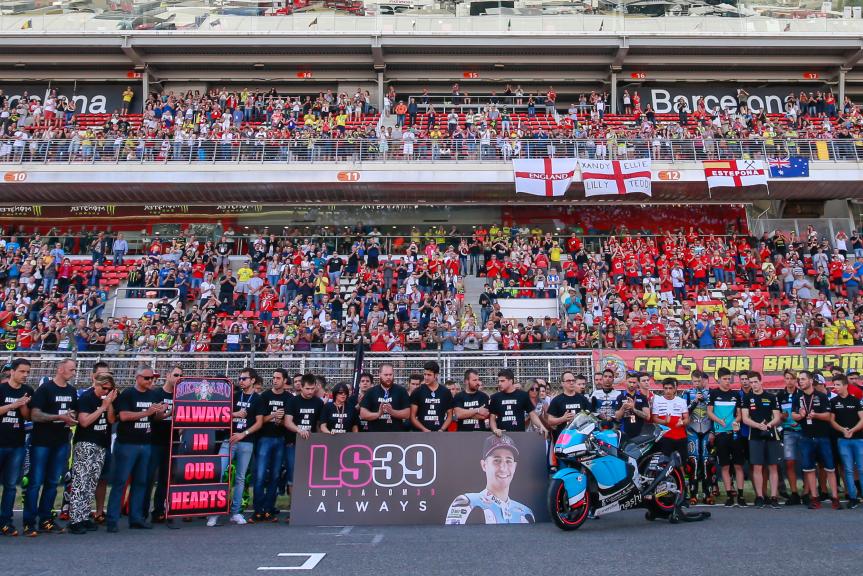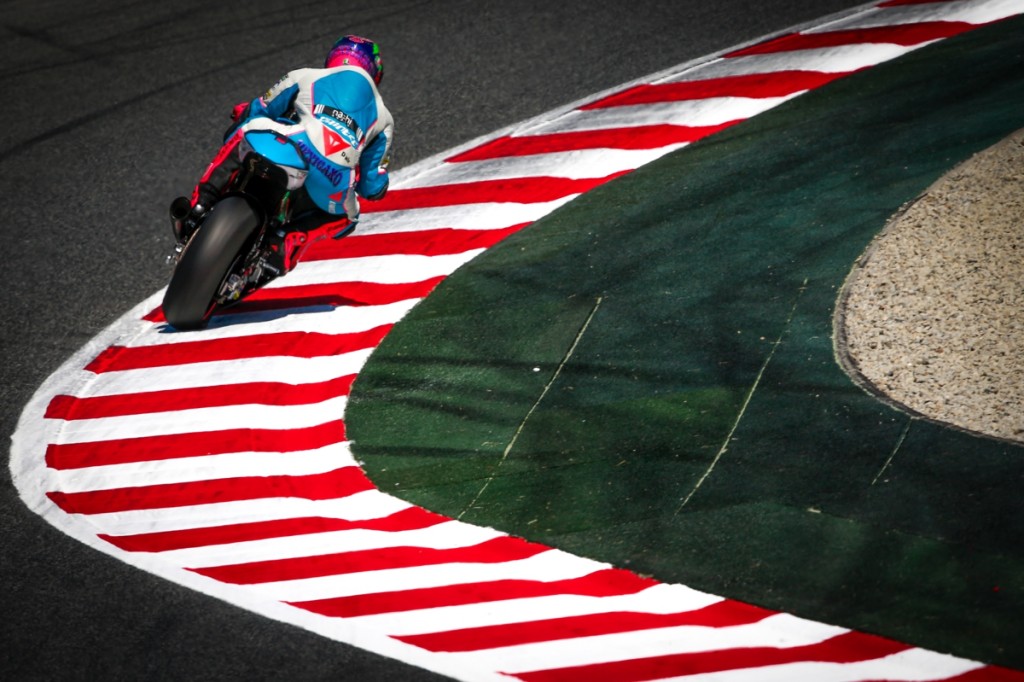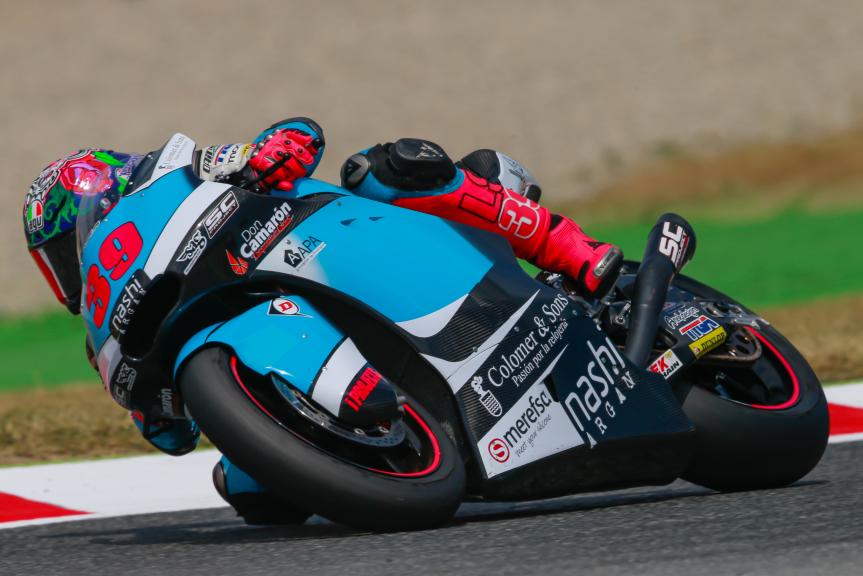SAG Team issues statement backed by telemetry data explaining the cause of Luis Salom’s deadly crash during Catalan MotoGP weekend.
Whilst many fans and the people within the paddock are still coming to terms with the recent death of Luis Salom, MotoGP has finally gotten its first answer as to how the young Spaniard was killed during Friday morning’s Moto2 practice run.
The late rider’s team, the SAG Team (Stop and Go Team), has recently released a statement based on telemetry data from his bike from the day of the crash. If you remembered, Salom crashed out of Circuit de Catalunya’s high-speed section of Turn 12.
Though there were no TV footages of the incident, security camera in that section of the circuit showed that both Salom and his Kalex machine already sliding at high speeds into the gravel trap and air-fence. Speculations ran high as to what caused the crash, but this telemetry data released by the team has perhaps put an end to them.
To put it as simple as we could, the data indicated no hints of a mechanical or technical fault in the SAG Team Kalex bike. Instead, it was the combination of Salom’s slower exit out of Catalunya’s Turn 11 and the course’s well-known surface irregularity at Turn 12 that caused his deadly crash.
The slower exit out of Turn 11 meant that Salom had to brake a little later at the entry of Turn 12 to maintain the right cornering speed. But the entry of Turn 12 featured a ‘bump’, which is common knowledge amongst all riders in MotoGP, Moto2 and Moto3 – a bump that requires you to be off the brakes.
Telemetry showed that Salom was on the brakes when he reached this bump at Turn 12 as a result of the slower exit out of Turn 11, which led to extra stresses on the front tyre and forcing its loss of grip and his subsequent tragic crash.
Here’s how the SAG Team’s official statement read:
The delay of the braking made Luis maintain the brakes running over that asphalt irregularity, as opposed the previous laps where he already had released the brakes on that spot.
All of that, added to an even speed [compared to] his best lap of FP2, produced a stress on the front tyre and grip lost on the irregularity of the asphalt.
That grip lost produced the crash with the tragic outcome that we all know.
We’re not technical experts, but the statement issued by the Barcelona-based SAG Team that’s backed up by telemetry data holds up. The team is even openly offering any qualified technician to view and analyse the data if they so desired.
Perhaps the underlying message here is that in racing, it doesn’t take a lot for things to go wrong. It just goes to show you the level of precision demanded in the sport of grand prix motorcycle racing, or in any other form of motorcycle racing for that matter.




















